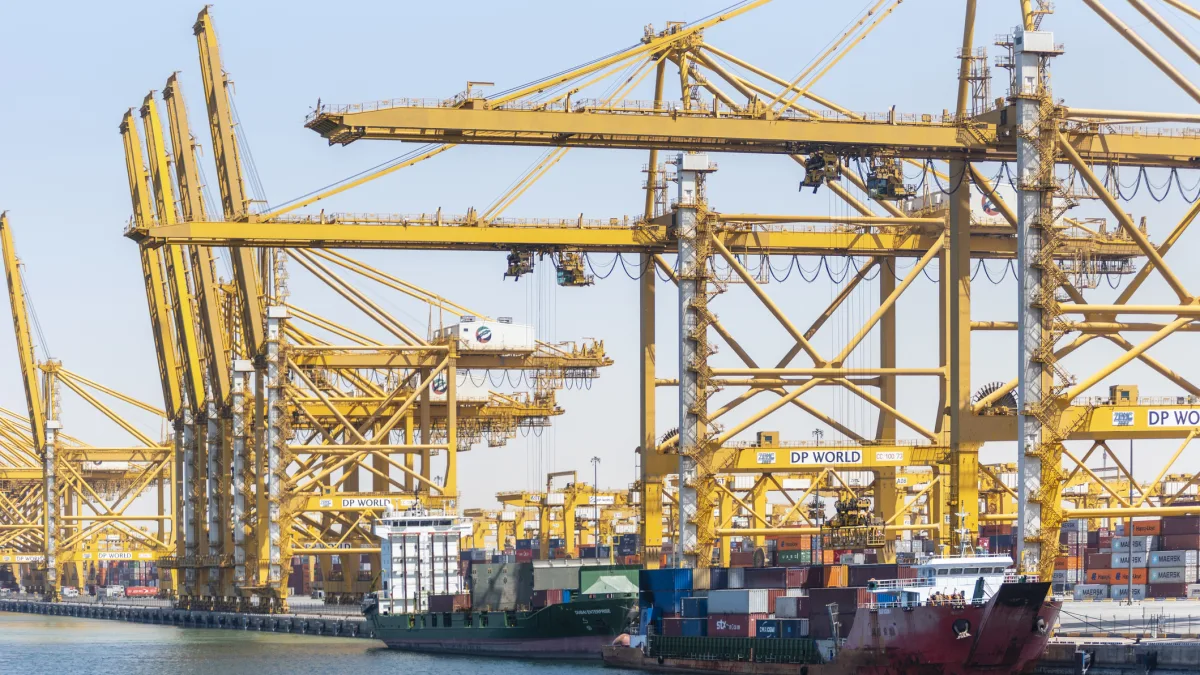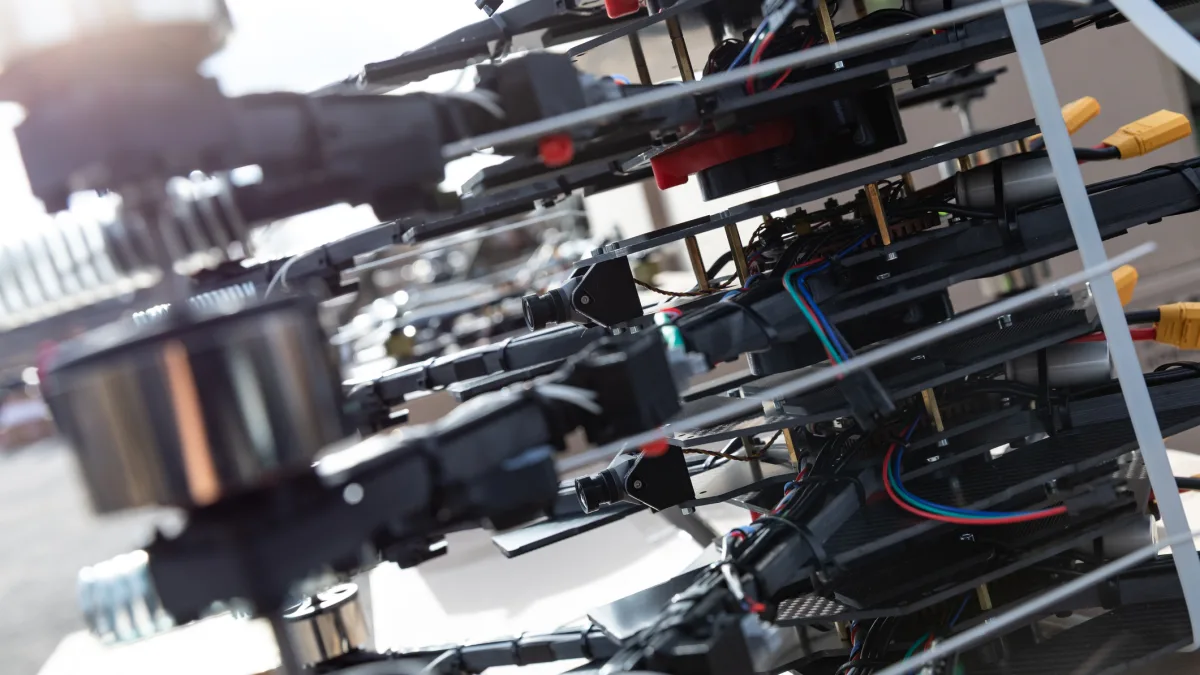One of the most expensive shortcuts in the world may soon cross one of its most contentious borders. The Zangezur Corridor—a proposed 43-kilometre transport route through Armenia’s Syunik province—promises to connect Azerbaijan’s mainland with its exclave of Nakhchivan, slicing through a region that has become an unlikely fulcrum for great-power competition in the South Caucasus.
What makes this modest stretch of mountainous terrain so coveted is not its natural beauty—though the Syunik region offers plenty of that—but its strategic position.
The corridor would traverse Syunik, serving as a vital connection between Horadiz in Azerbaijan and Nakhchivan, effectively creating a land bridge between Azerbaijan and Türkiye whilst simultaneously providing Central Asian nations with a more direct route to European markets.
The corridor has recently resurged in diplomatic conversations for reasons that extend far beyond regional logistics. Several reports claim that the United States is ready to take over the administration of the corridor, potentially resolving one of the most contentious disputes between Azerbaijan and Armenia.
If true, this represents a significant shift from earlier assumptions that Russia’s FSB would likely manage any such route.
The arithmetic of ambition
The economics of the Zangezur Corridor reveal the gap between political aspiration and commercial reality. Construction costs may exceed two-three billion US dollars for highways and railways that will require tunnels, bridges, and anti-landslide systems in a mountainous region with gorges and seismic activity.
For a route measuring just 43 kilometres, this represents an investment of nearly 70 million US dollars per kilometre.
The financial logic becomes even murkier when examined against the projected cargo flows that might be routed through Zangezur: too small for such large-scale investments, critics argue. There is no such volume of goods between Azerbaijan and Nakhchivan to pay for the infrastructure, and transit to Türkiye or Central Asia is cheaper and easier via existing routes through Georgia and the Caspian Sea.
However, Zangezur’s proponents paint a grander vision. By replacing the Georgian section of the route with corridor, travel time can be reduced by an additional day compared to the existing Baku-Tbilisi-Kars railway. Turkish President Recep Tayyip Erdoğan has stated that when the corridor opens, Turkish products will cross the Caspian Sea and reach Central Asia and China faster, whilst cargoes from Europe to China will start passing through Turkey.
The corridor also forms part of a larger infrastructure puzzle. The Middle Corridor—the crucial transit route linking Turkey, Azerbaijan, the Caspian Sea, Central Asia, and China—would be significantly enhanced by the Zangezur connection, potentially offering an alternative to China’s Belt and Road Initiative routes that currently depend on Russian or Iranian territory.
The geopolitical equation
The recent renewed focus on Zangezur reflects broader shifts in regional power dynamics. Russia is simultaneously pursuing its own alternative project—the North-South Transport Corridor, which aims to integrate the transport networks of Russia, Azerbaijan, Iran, and India. Moscow’s 1.3 billion US dollars loan to Iran for the Rasht-Astara railway demonstrates its commitment to maintaining influence over regional trade routes.
For Türkiye and Azerbaijan, the corridor represents more than mere infrastructure—it embodies the concept of ‘Turkic continuity‘. The Shusha Declaration signed by presidents of Azerbaijan and Türkiye in June 2021 included a passage on the Zangezur Corridor, with both leaders stressing the importance of its implementation. This pan-Turkist dimension adds ideological weight to what might otherwise be a straightforward economic project.
Iran views the corridor with considerable unease, seeing a new highway along its border with Armenia as an alternative route could diminish Iran’s role as a regional transit hub. The Islamic Republic has particular cause for concern: Türkiye and Azerbaijan can establish exports to Central Asia, China and beyond through the Zangezur Corridor, bypassing Russia. This is a potential blow to the BRICS’ efforts to build independent routes without Western pressure.
India, too, has an interest. India’s investment in Chabahar port and in Armenia offer it the shortest multimodal route to the Black Sea and Europe, bypassing the conflict-plagued Suez Canal. The Zangezur Corridor as it is currently envisaged has the potential to disrupt this.
Winners and losers
The corridor’s beneficiaries are clear enough. Azerbaijan would finally achieve unimpeded access to Nakhchivan, ending decades of blockade and strengthening territorial cohesion. The project aims to enhance Azerbaijan’s trade with Türkiye and Europe by improving logistics infrastructure, reducing transportation costs, and significantly cutting travel time. For a country seeking to diversify beyond energy exports, improved connectivity offers obvious advantages.
Central Asian nations, particularly Uzbekistan, view the corridor favourably. Uzbekistan has repeatedly expressed solidarity with Baku on the Zangezur issue, appealing to the strategic role of the road through Nakhchivan. Shorter routes to European markets could provide crucial competitive advantages for landlocked economies.
Turkey stands to gain considerably. The implementation of the Zangezur Corridor project may contribute to the further development of transport infrastructure in Türkiye’s eastern regions adjacent to the Azerbaijani-Turkish border—areas that have long lagged behind the country’s prosperous west.
Armenia faces a more complex calculation. The Syunik region is important for Armenia’s economy as this border area connects the country Iran, with mining as the region’s staple industry. Ceding effective control over this territory—even whilst maintaining nominal sovereignty—represents a significant concession.
Armenia has called for multiple routes to be opened simultaneously, directly connecting it to both Türkiye and Azerbaijan, thereby ending the ongoing mutual blockade that has existed since 1989.
The sovereignty paradox
At its heart, the Zangezur dispute reflects a fundamental tension between sovereignty and connectivity. Yerevan insists it will retain control over the section of the road that passes through its territory, whilst Azerbaijan argues the route should be fully extraterritorial.
This disagreement over ‘corridor logic’ versus ‘transport connections’ may appear semantic, but it carries profound implications for Armenian sovereignty.
The corridor’s ultimate realisation depends on resolving this paradox. Can Azerbaijan achieve the unimpeded access it demands whilst Armenia maintains meaningful sovereignty over its territory? The answer may determine not merely the fate of a transport route, but the broader architecture of power in the South Caucasus.
For now, the Zangezur Corridor remains what one analysis aptly termed “a strategic utopia with a high price and questionable returns”. However, in a region where geography is destiny and infrastructure is influence, even utopian projects have a way of shaping reality.
The question is not whether the corridor will eventually materialise, but rather who will control it when it does.
Photo: Dreamstime.







